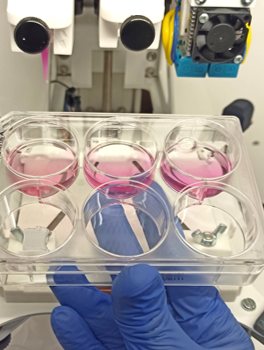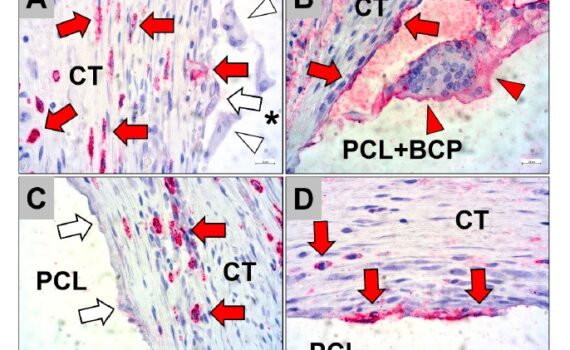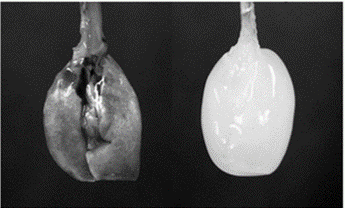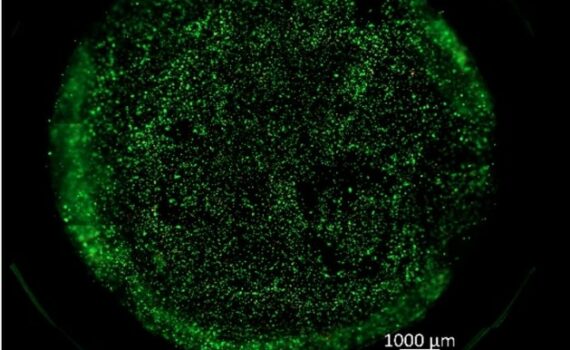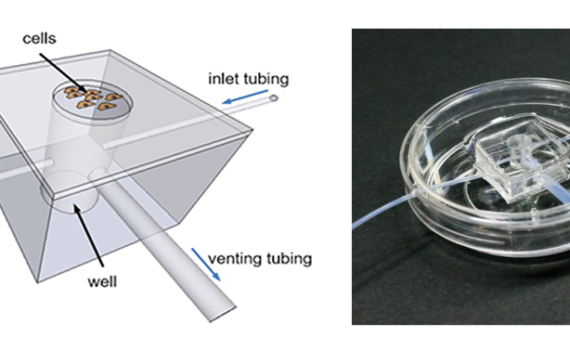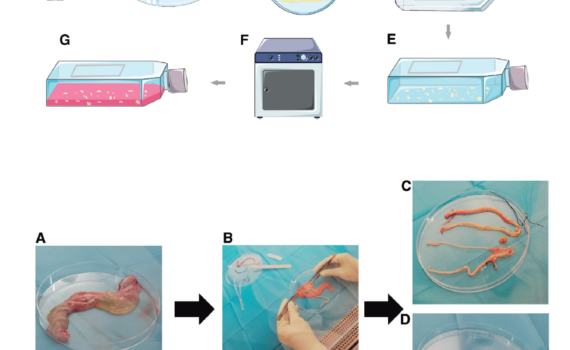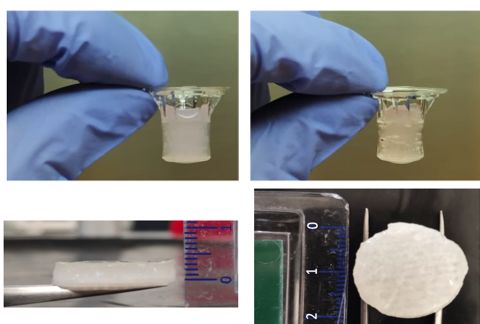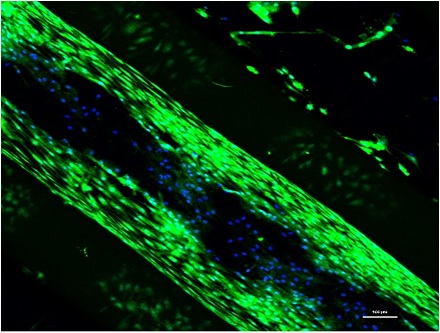+70 Introduction Choosing appropriate biomaterials for fabricating a bioink is a fundamental step in3D bioprinting. While a wide variety of biomaterials can be used, hydrogels have been pointed as attractive materials for bioink preparation, since they can provide a highly hydrated and permeable 3D polymeric structure with tunable mechanical and […]
Tissue
+30 In this method we describe the parameters to FDM bioprint scaffolds for Bone regeneration Composed by of 80% PCL that had a MW 80,000 (Polysciences Europe, Hirschberg an der Bergstraße, Germany) and 20% of the synthetic biphasic calcium phosphate bone substitute material (BCP) (synprint, ScientiFY GmbH, Berlin, Germany) with […]
+20 Introduction One of the preferred strategies for the development of biomimetic 3D models over the past decade has been organ decellularization. Through this technique, organ donor cells are removed while the acellular 3D scaffold retaining the biochemical components, mechanical properties and the structural integrity of the native organ (including […]
+20 Introduction Fibrin is a degradable, resorbable biopolymer that naturally occurs in the wound healing process at the vascular level. It is formed from fibrinogen, a glycoprotein synthesised by the liver and found in blood plasma. When tissue damage occurs and results in bleeding, fibrinogen is converted into fibrin at […]
+30 Introduction Organ-on-a-chips are defined as physiological organ biomimetic systems built on microfluidic devices. By combining cell biology, engineering and biomaterial technology, the microenvironment of the chip is able to simulate tissue interfaces and mechanical stimulation of the native organ. They are in the list of top 10 emerging technologies […]
+70 This method describes a robust and reproducible method for ready isolation and expansion of ovine Wharton’s jelly-derived MSC (oWJ-MSC) from umbilical cord (UC) for use in non-clinical research to support proof-of-concept studies addressing safety, efficacy, and the study of mechanisms of action (MoA) of novel MSC-based treatments. The protocol […]
+70 Introduction The skin is an important protection of the body against the external environment. Its structure formed by the epidermis, dermis and hypodermis, constitutes a fundamental role for its function of physical barrier, thermoregulation, homeostasis and immunity. The importance of these functions is especially evident in the physiological disorders […]
+20 Human articular chondrocytes were isolated as previously described (Lopez-Ruiz et al., 2013) Chondrocytes were grown in Dulbecco’s modified eagle’s medium (DMEM) – high glucose (Sigma) supplemented with 10% fetal bovine serum (Gibco), 50 microg/microL of l-ascorbic acid 2-phosphate (Sigma), 1% penicillin-streptomycin (Sigma), and 1% ITS (Gibco) in a 25-cm2 […]

